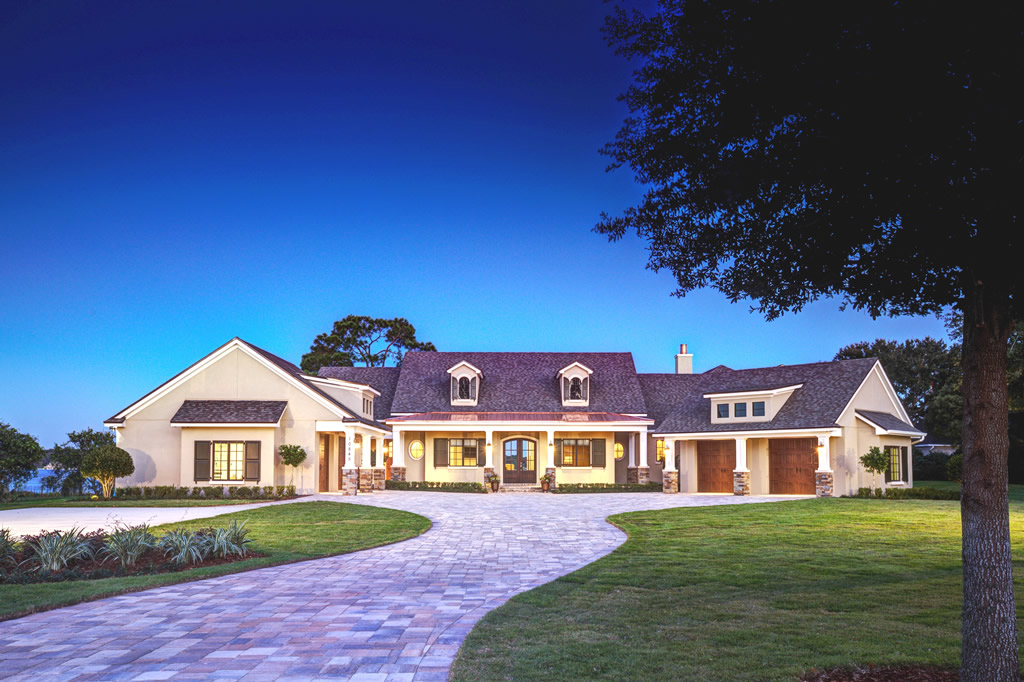Securing financing for a custom home is similar to taking out a loan to buy an existing home, with a few extra requirements and steps. This is because, from a lender’s perspective, financing for a new home, known as construction lending, involves more risk because the collateral doesn’t exist yet. With careful planning and a little patience, acquiring this type of loan doesn’t have to be complicated.
To make this process a success, it’s important to have clear and open communication with your builder and your lender. You may be required to get your lender’s approval at certain stages of the build, including for your builder and the contract. Let’s explore everything you need to know about new custom home financing.
How to Secure Custom Home Financing
Financing your new custom home build is about establishing and maintaining communication between you, your lender, and your builder. To successfully acquire new home financing, follow these three steps.
Step 1: Meet With Your Lender
Before you can break ground on your custom home, meet with your lender to see what financing options will work for you. Talk to your lender in the early planning stages of your custom home to get a clear idea of what kind of build you can undertake and how much capital you’ll have to work with.
When discussing custom home financing options with your lender, be sure to bring up-to-date credit information, documentation showing your income from employment or self-employment, and recent tax information including bank accounts and any other assets.
Step 2: Find Land
With a clear idea of what kind of custom home you can finance, you can find an appropriate lot for your build. You can either build on land you already own, a lot in a neighborhood, or other purchased property. Find out whether you can connect to local utilities or if a septic system can be installed. You’ll need loan pre-approval at this stage before you can move on to drawing up formal plans.
Step 3: Plan Your Custom Home
Finally, find a builder you trust to make a plan for your new custom home. Your custom home builder should be willing to work with you and your lender, and able to communicate clearly throughout the entire process. They are committed to upholding the build contract and will work to manage your expectations, keeping things on track and on budget.
With a clear plan in place, go over the contract with your lender for their approval. You and your lender will establish the financing option that works best for you and formalize the agreement so you can get started on constructing your new custom home.
New Home Financing Options
Working with your lender to fund the construction of your new custom home, there are two main types of loans for new home financing: single-closing or two-closing loans.
Custom Home Financing with a Single-Closing Loan
Single-closing loans function similar to a standard home loan. If you qualify, there is a determined interest rate and just one set of closing costs. During construction, you’ll likely only make payments on interest, then convert the loan to permanent financing once the home is complete. An advantage of a single-closing loan is that your interest rate is locked in, but be aware that with this loan, the amount and type are also set and cannot be changed.
Custom Home Financing with a Two-Closing Loan
A two-closing loan might be an option if you don’t qualify for a single-closing loan. You take out a construction loan before your custom home is built, then apply for permanent financing after the build is complete. These separate loans must be closed independently. The benefits to this loan type are that you don’t have to choose your permanent loan option until later and you have a chance to change the amount — which might be helpful if the cost of your custom home rises unexpectedly. However, a disadvantage of two-closing loans is that interest rates could go up by the time you apply for the second loan.
Qualifying for Custom Home Financing
Since custom home financing signifies more risk for your lender than purchasing an existing home, you may need to provide more to the bank in order to qualify for the loan. This could include:
- Plans for your new custom home build, including the contract and a list of materials your builder will need
- Down payment on the construction financing, from 5-10%, depending on the lender
- Debt-to-income ratio under 45%
- Credit score around 700 or higher
If you have a lower credit score or higher debt-to-income ratio, you might still qualify for financing if you make a bigger down payment and show a reserve of available funds. Custom homes that require large loans, also known as jumbo loans, may require higher credit and a lower ratio with proof of a cash reserve, but generally require a lower percentage for the down payment.
Financing Your New Custom Home Build
Securing custom home financing is not a difficult process, but it does require working with the right builder who will communicate with you and your lender. The right builder will work within the terms of your agreement and your lender’s requirements, and keep all parties informed of any changes or adjustments throughout the building process. This relationship will establish a solid foundation so you can build the custom home you’ve always wanted!
Konkol Custom Homes is here to help you build your dream home. We’ll work with you and your lender to create a custom home plan that works for everyone. If you have more questions about financing your new custom home, don’t hesitate to get in touch with our team.


